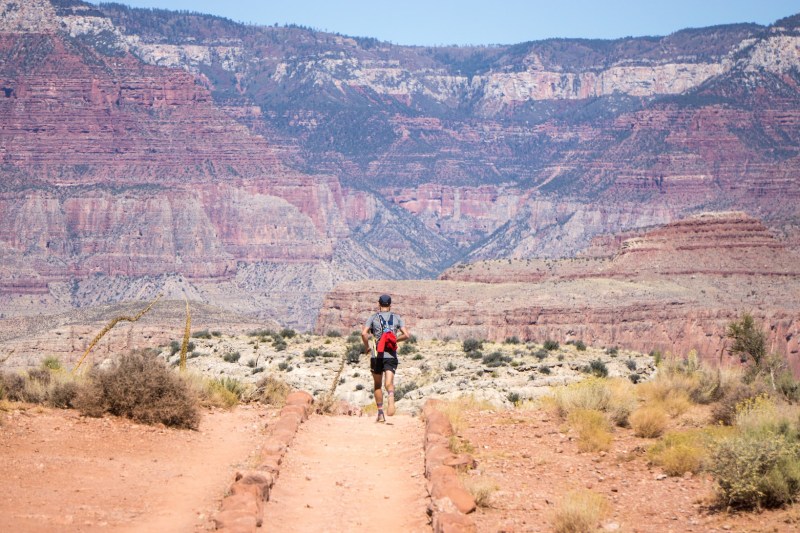
After a few long, weird years of the pandemic, many of us were looking for any excuse to get outside. It’s no surprise then that everything outdoors-related — RV’ing, camping, hiking, kayaking, mountain biking — exploded in popularity. So, too, did our national parks, and that’s made visiting the most popular ones more difficult than ever. Thankfully, some of the best National Parks have been marching into the 21st century with modern reservation systems to streamline the process for visitors. Grand Canyon National Park is the latest to upgrade its process by allowing most backcountry campers to pay for and reserve their spots completely online.
Beginning with all calendar year 2024 and later dates, the National Park Service is moving its Grand Canyon backcountry permits to Recreation.gov. According to the official press release:
Backcountry use areas available online will include above rim areas, popular campgrounds along the main inner canyon trails of the Bright Angel and North Kaibab, and for the fall, winter and spring months, all areas between the Hermit Trail and the Grandview Trail off the South Rim, and the Clear Creek trail accessed from the North Kaibab trail. Remaining use areas and dates will be requested by working directly with staff at the Backcountry Information Center.
The application window for 2024 dates won’t change from the current setup, meaning applicants must apply approximately four months in advance of their desired reservation. Applicants will be able to apply via an early online lottery system held over a two-week period ending on the first of the month that matches the existing deadline. So, for example, applicants will need to apply by January 1, 2024, for all May 2024 reservations; by February 1, 2024, for June reservations, and so on.
The service confirms this will allow roughly 80% of all campers to book and manage their reservations entirely online. Park Superintendent Ed Keable said, “Moving our backcountry permits to Recreation.gov has many important advantages for the public and our staff. We are pleased to be able to offer this improved system that will allow for improved visitor planning and experience.”
Most of us take online reservations for granted these days. But this seemingly small change affects Grand Canyon National Park’s backcountry campers and backpackers in a big way. It’s hard to imagine, but until now (and through the end of 2023, in fact), backcountry permit requests could only be submitted by fax, snail mail, or in person. Currently, park rangers hand-sort through thousands of requests to remove duplicates and use a randomized computer-based lottery system to approve requests. That process takes up to a month for what the NPS calls Earliest Consideration Requests. Later requests can take even longer to process, and, of course, there’s no guarantee they’ll be approved.
The fee structure hasn’t changed much. For 2024, campers will need to pay a nonrefundable $10 fee per permit application. Then, there’s a $12 nightly fee per person for below-rim areas or $4 nightly per person for above-rim areas. It’s not as complicated as it sounds, but feel free to check out the National Park Service’s dedicated FAQ page for the latest info on the new Grand Canyon National Park backcountry reservation system. However you plan to stay during your visit, check out our travel guide to make the most out of your next Grand Canyon visit, and remember to print out a camping packing list so you don’t forget anything.



